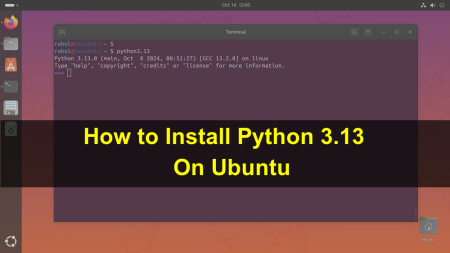In the fast-paced world of web development, managing the timing of operations is crucial for creating efficient, user-friendly applications. Node.js, a powerful JavaScript runtime, provides several methods to control the execution flow through delays and timeouts. This guide will walk you through the essentials of implementing delays and timeouts in Node.js, ensuring your applications run smoothly and efficiently.
Understanding Delays and Timeouts
Before diving into the practical aspects, it’s important to understand what delays and timeouts are and why they are used in Node.js applications.
- Delays are used to pause the execution of code for a specified period. This can be useful for simulating asynchronous operations, managing API request timing, or simply adding a pause before executing a block of code.
- Timeouts are a way to execute a piece of code after a specified delay. Unlike simple delays, timeouts can be cleared if needed, providing more control over when certain operations are executed.
Implementing Delays in Node.js
Node.js does not have a built-in sleep function like some other languages, but you can easily implement a delay using the setTimeout() function or by creating a custom promise-based delay function.
1. Using setTimeout() for Delays
The setTimeout() function is the most straightforward way to implement a delay. It takes two arguments: a callback function and the delay in milliseconds.
console.log('Delay start');
setTimeout(() => {
console.log('Executed after 2 seconds');
}, 2000);
In this example, the message “Executed after 2 seconds” will be printed to the console after a 2-second delay.
2. Creating a Promise-Based Delay Function
For scenarios where you want to use async/await syntax, you can wrap setTimeout() in a promise.
function delay(ms) {
return new Promise(resolve => setTimeout(resolve, ms));
}
async function run() {
console.log('Delay start');
await delay(2000);
console.log('Executed after 2 seconds');
}
run();
This method provides a more elegant way to handle delays, especially in asynchronous functions.
Implementing Timeouts in Node.js
Timeouts are typically used to limit the execution time of an operation. In Node.js, you can use setTimeout() to implement a timeout and clearTimeout() to cancel the timeout if the operation completes within the limit.
Example: Using setTimeout() as a Timeout
const timeoutId = setTimeout(() => {
console.log('This operation took too long and was terminated');
}, 3000);
someLongRunningOperation().then(() => {
clearTimeout(timeoutId);
console.log('Operation completed within the time limit');
});
In this example, if someLongRunningOperation() completes within 3 seconds, the timeout is cleared, and the termination message is not printed. If the operation takes longer than 3 seconds, the message is printed, indicating the operation was terminated.
Handling Timeouts in Asynchronous Operations
When working with asynchronous operations, especially in modern Node.js applications, it’s important to integrate timeouts effectively to prevent hanging operations or unresponsive behavior.
1. Using Promise.race() for Timeouts
Promise.race() can be used to race a timeout against an operation, effectively implementing a timeout for promises.
function timeout(ms) {
return new Promise((_, reject) => setTimeout(() => reject(new Error('Operation timed out')), ms));
}
Promise.race([
someLongRunningOperation(),
timeout(3000)
]).then(() => {
console.log('Operation completed successfully');
}).catch(error => {
console.error(error.message);
});
This approach ensures that if the operation does not complete within the specified time limit, it is considered a failure, and the appropriate error handling can be performed.
Conclusion
Implementing delays and timeouts in Node.js is a straightforward process that can greatly enhance the functionality and user experience of your applications. Whether you’re managing asynchronous operations, handling API requests, or ensuring operations complete within a certain timeframe, the techniques outlined in this guide will provide a solid foundation for controlling execution flow in your Node.js applications.


